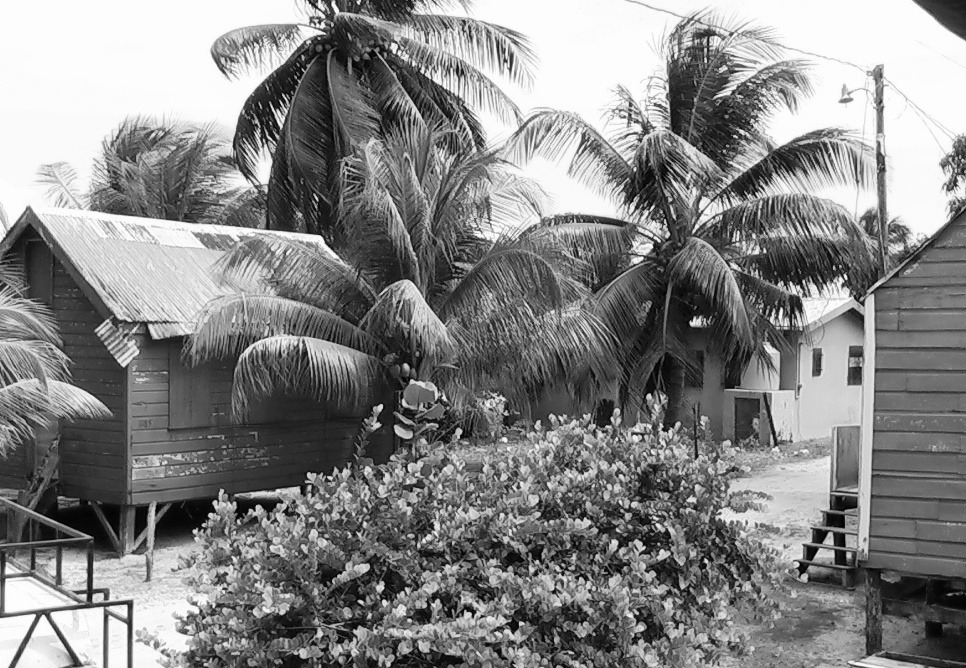

Roatán

Palacios

Limón

Gales Point Manatee

Belize City
-modified.jpg)
Panama City

Colón

Corn Islands

Dangriga

San Andrés and Providencia

Livingston

La Ceiba

Bluefields

San Miguel
















-modified.jpg)


















The Black Central Americas (BCA) Project is a digital public humanities initiative dedicated to amplifying the histories, cultures, thought, and politics of Black Central American communities. Conceived as a meeting ground, it is a space where histories are traced, knowledge is exchanged, and connections are forged across time and place. We are committed to building a growing resource that constellates the intellectual, artistic, and activist formations shaping Black Central American life past and present, and embrace the digital as a conduit for transnational dialogue among scholars, artists, and organizers invested in Black Central American Studies. The BCA Project is co-coordinated by Melanie Y. White and Nicole D. Ramsey and has received support from Georgetown University and the Caribbean Digital Scholarship Collective.


Sign up for our newsletter to receive exclusive updates, curated content, and upcoming events delivered straight to your inbox.